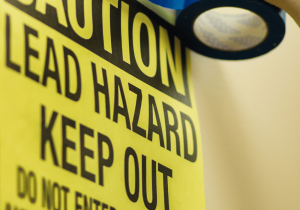Having a safe and healthy living environment is essential for everyone, but what if there is a hidden danger lurking inside your home? Lead exposure is common in many households, and it can cause severe health problems, especially if you are unaware of its existence. Lead poisoning can be dangerous, and it can cause a wide range of symptoms and complications. As a homeowner, it is essential to keep an eye out for the signs of lead in your home. In this post, we’ll take a look at the top five signs that indicate you have lead in your home.
Do I Have Lead In My Home?
 Old Paint
Old Paint
If your home was built before 1978, chances are it may have lead-based paint. Lead-based paint was used commonly in homes until it was banned in 1978. If your home was built before this date, always inspect the paint. Chipping, peeling, or flaking paint is an indication that it may contain lead. The lead in old paint can easily become airborne or mix with dust, and it is a significant source of indoor lead exposure. If you find old paint in your home, it’s essential to have it removed by a professional contractor.
Plumbing
Lead pipes were commonly used in plumbing before the 1980s, which presents a big problem. Old lead pipes can leach lead into your drinking water and are a significant health hazard. One indication that you may have lead pipes is if the water that comes out of your faucet is discoloured or has a metallic taste. If you suspect that you have lead pipes, it is best to have your water tested for lead and have any pipes that contain lead removed.
Home Exterior
Homes built before 1978 may have had lead-based paints used on the exterior of their building, like on shutters and doors. Weathering and other factors may cause deteriorated paint chips to land around the exterior of your property. If your home exterior is near or facing an area with activity such as your streets (pedestrian traffic or cars), construction sites, or warehouses, the dust and soil around your home will inevitably kick up. This creates a hazard, especially if it ends up inside your home eventually.
DIY Home Renovations
If you enjoy DIY projects, especially in an older home, you must be aware of the dangers. As mentioned previously, most homes built before 1978 have lead-based paint, and sanding or scraping old paint can easily release lead into the air. Home renovations can create a considerable amount of dust and debris that may contain lead and pose a significant health risk for you and your family. Always wear protective gear and hire professionals if you think they may have lead in the old paintwork.
 Symptoms of Lead Poisoning
Symptoms of Lead Poisoning
The symptoms of lead poisoning can develop slowly over time and often go undiagnosed. Some signs to be aware of include headaches, fatigue, muscle weakness, anemia, abdominal pain, and memory loss. Children are particularly vulnerable to lead poisoning, as it can cause developmental problems and cognitive delays. If you or your children develop any of these symptoms, it’s essential to see a doctor right away.
Lead contamination is a serious issue that requires swift action. These five signs can help homeowners identify lead in their homes, but it can be hard to realize the full extent of the issue without professional help. If you suspect that you have lead in your home, don’t hesitate to call an experienced contractor or home inspector to perform a lead test. By taking action, you can protect your health and your family’s health and prevent any long-term damage.

